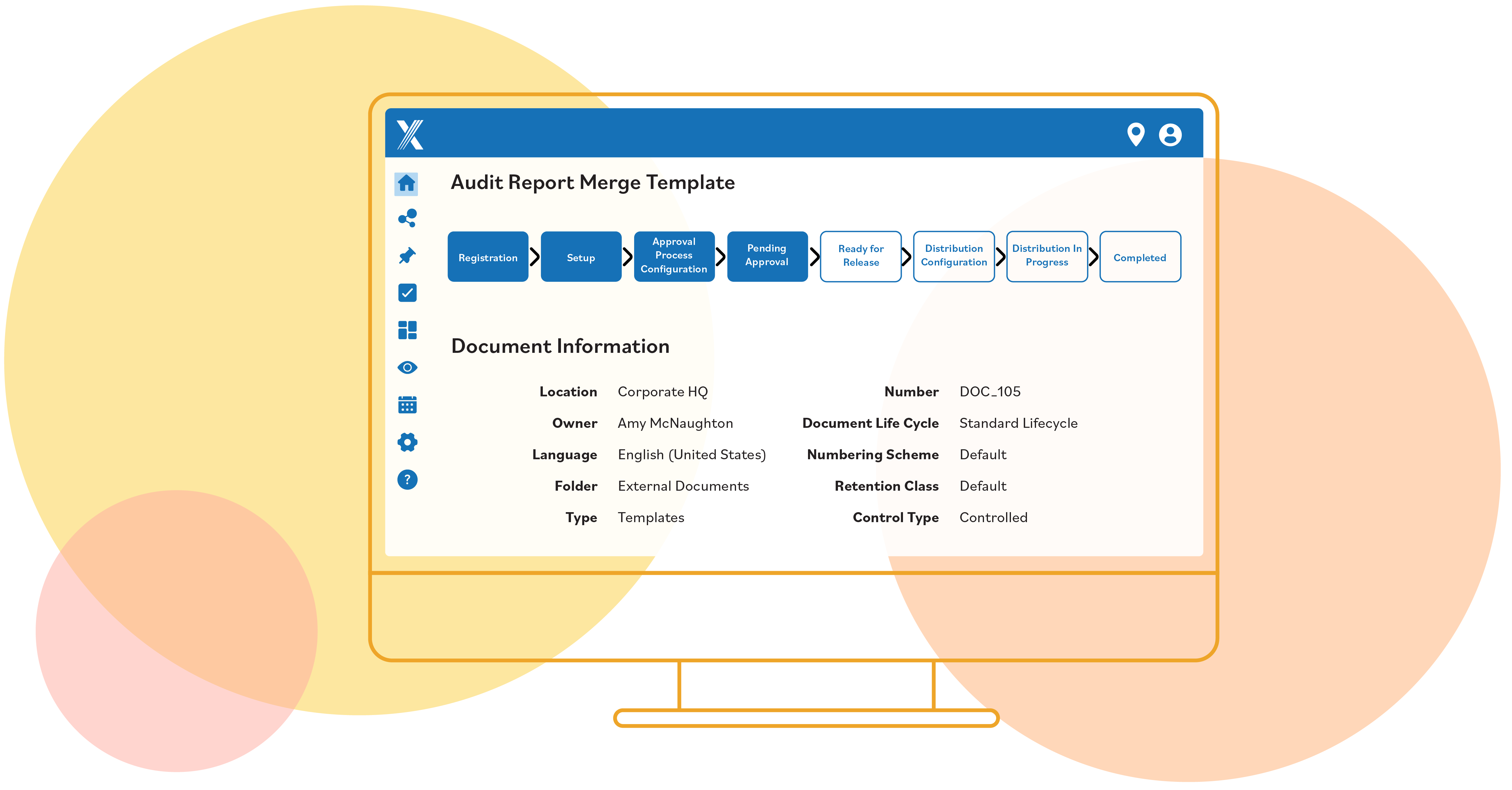How to Survive an OSHA Inspection: Part 2
January 6, 2022

(Part 2 of this two-part blog post series explains what to expect during an OSHA on-site inspection, the rights a company has during an inspection and how to impose a level of control over how an inspection proceeds. Check out Part 1 to learn about the expected focus on OSHA onsite inspections in 2022 and how to prepare.)
Many companies aren’t prepared for a surprise examination of their workplace facilities so it’s essential to think ahead and establish parameters for inspection if and when Occupational Safety and Health Administration (OSHA) inspectors come to call.
Kirsten White, a partner with Atlanta-based legal firm Fisher Phillips LLC, recommends being co-operative and responsive when an OSHA inspector arrives, but to also focus on maintaining control of the onsite safety inspection. An OSHA inspector is only authorized to inspect where you give consent, White says. However, they can return to inspect other areas if there is warranted concern and a subpoena is obtained. Try to limit inspectors to only examining the area where an injury may have occurred, where a complaint may be targeted or where equipment at issue is located. Don’t agree to a wall-to-wall inspection of an entire plant if you can avoid it, she says.
“Most of the time, you’re going to win that battle (to limit an inspection) if it’s reasonable,” White says. OSHA is required to conduct its inspection in a “reasonable manner” during a “reasonable time” and it should not interfere with a business’s normal operation. An inspection investigation may take a day, a couple of days or up to six months.
“One of the questions I’m asked is, ‘Should we require a warrant from OSHA (for an inspection)?’ Most of the time you won’t,” White says. “And it’s better to engage in a negotiation and dialog with inspectors. Things seems to go a lot better.”
Elements of an Inspection
Don’t expect advance notice of a first-visit OSHA inspection. In fact, it would be a criminal offense for that to happen. But if an inspector has previously visited a business facility, then he or she may provide a return date of a second visit if another inspection is deemed necessary, says Fisher Phillips Partner Edwin Foulke. You can’t postpone or delay an inspection to another day and OSHA inspectors will most definitely return with a court-ordered warrant if they have been denied access to do an inspection beyond an hour after arriving.
The first thing to do when an inspector arrives is ask for credentials and, if you’re still suspicious, contact an OSHA area office to confirm who they are. Then ask the inspector: Why are you here?
“If it’s a complaint inspection then you should say, ‘I need a copy [of the complaint].’ You need to ask for it,” Foulke says, explaining that the document helps you to establish what should be the limits of the inspection. Legally, OSHA only has access to those areas defined in the complaint unless they see other violations in plain view during a walkaround tour of your facilities, which would then allow them to inspect that area.
A facility manager – someone who might typically be the highest-ranking official on site or the safety director or manager – should be immediately alerted when an inspector arrives. Insist that the inspector declare the nature and scope of the inspection. If a company is unionized, the inspector will likely ask to include an employee representative as part of an inspection walkaround. You’ll then need to have specific safety documents available.
“They’re going to ask for your (OSHA) 300 logs and most of the time they ask for (records from) three previous years, but technically they can ask for [up to] five years in addition to the current year,” Foulke says. “They are entitled to get those within four hours.” It’s the only document that you need to make sure is available to them in a timely manner. Other requested safety documents can be gathered and submitted two or three days later. Insist that any documents demanded by OSHA should be made through a written request. These would typically include:
- Recordkeeping
- Training
- Safety and health policies
- Monitoring results
- Medical surveillance
- Medical access orders
- Previous safety audits
A company management official should always be present during the OSHA inspection walkaround. Foulke says employers should ask that employee on-site interviews by OSHA be conducted in a location such as a conference room rather than on a plant floor or worksite location. Any interviews of managers should be conducted with another manager present.
The walk-around should be on a pre-determined and safe route and companies should take the time to ensure there are no safety violations present along the way. Be aware that an inspector may take photographs during an inspection, so you should likewise do the same.
“Whatever photographs OSHA takes, you should take the exact same photograph,” Foulke says. “You should have two management people participating in the inspection (including) one person who should be taking notes.” Write down the details of everything said and done from the time the inspector arrives, where they inspect, who they speak to, the requests they make, the documents they are given, what they photograph and everything else that happens during their time on site. “You need to document all of it,” Foulke says.
During the inspection OSHA may use devices to monitor air quality, noise or other element so you should likewise be performing monitoring of these same things with your own equipment – at the same time and in the exact same locations. Don’t be persuaded to conduct your own monitoring on a different day, Foulke warns.
“First, you need to understand…OSHA’s (testing) equipment is old and not very accurate,” he says, explaining that by performing your monitoring, you ensure the accuracy of these tests. Foulke added that he will often hire a third party to do this simultaneous monitoring and ask that they be onsite to calibrate their equipment prior to OSHA being on site to do its testing. Inspectors would additionally be asked to do two more things – verify that OSHA has calibrated its equipment prior to performing tests and noting where OSHA’s equipment is placed during tests. He also recommends taking photographs of OSHA’s testing as it happens.
OSHA inspectors have a right to interview non-management employees and Foulke recommends taking notes during any discussions with employees and reminding them that interviews should be conducted at a previously agreed location. With hourly employees, expect OSHA to take the position that no management should be present during an interview. However, an employee can request that someone from the company or their union representative sbe in attendance, so ensure employees are advised of their rights prior to being interviewed.
“Tell them to tell the truth and that they don’t have to sign anything if they don’t want to. And, if they want somebody present, they can request it. OSHA wouldn’t automatically let you bring someone in but if you request then they may allow it,” Foulke says. Advise employees to be cautious of signing anything and to be aware that initialing a document is the same as a signature. Keep in mind that employees have “whistleblower rights,” so you can’t retaliate against them for whatever they might say during an OSHA interview or what they sign.
The Inspection Is Completed
A closing conference with OSHA happens after an inspection is completed. It can happen immediately after an inspection is completed or take place during a later phone call or in-person meeting. Get as much detail and information as possible during these conversations.
“Ask questions during the closing conference,” White says, explaining that what you learn from this discussion may be useful during a possible later informal call with an OSHA area director that the inspector may not attend. Question the basis for any citation an inspector may decide to give you and the hazards they may have found.
Upon receiving an official OSHA citation by mail, you have 15 days to arrange an informal conference or to contest the violation. According to White, it’s a hard deadline, so don’t delay and make sure you respond. Citations are mailed so be on the lookout for it.





